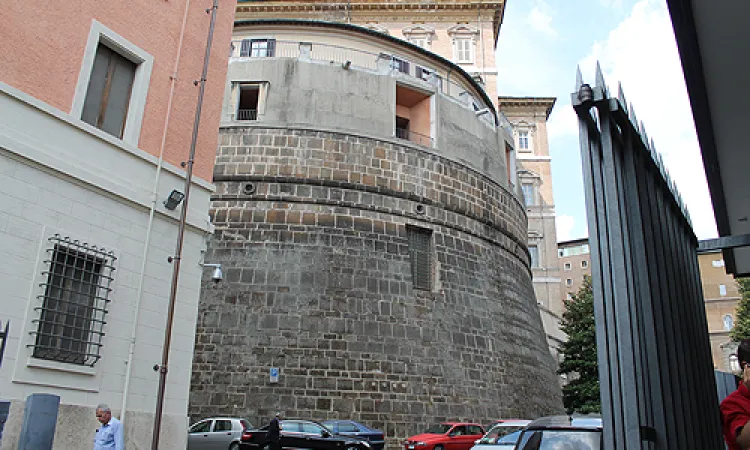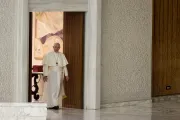The Vatican Intelligence Authority is recognized as a trusted partner both in its functions of oversight and intelligence.
According to the latest AIF annual report, the AIF signed 56 memoranda of understanding with counterparts in financial information and eight memoranda with counterparts in the oversight. Beyond the Italian Unit for Financial Information and Bank of Italy, AIF signed memoranda with the US Office of the Controller of Currency, with the German central bank and many financial intelligence units.
The exchange of information with financial intelligence units from all over the world show that the AIF is a trusted interlocutor. The figures of the latest AIF report number 473 exchanges of information with other financial intelligence units. The AIF also forwarded 158 spontaneous communication of information to competent authorities and received 15 spontaneous communication of information.
This work is based on relations of trust, characterized by the secrecy needed for intelligence investigation. There is also the need for a well-designed juridical system, on which the Holy See has been working over the last several years.
More in A Vatican Observer
Given all of these data, is it possible that the Financial Intelligence Authority underestimated a real estate investment while working on the interest of the government, that is, the Secretariat of State? The foreign counterparts and international organizations have severe doubts about that, and they are also concerned since the autonomy and independence of the Vatican financial watchdog can be at risk.
There are also some nerves within the Financial Intelligence Authority.. The acts of seizure took place without giving any notice to the Board of Directors. Among the board members, there are people with indisputable international credit, like Juan Zarate, who served as an anti-terrorism advisor to the US president; and the Italian Maria Bianca Farina, that chairs the Italian Post Service.
In addition to that, the financial intelligence authority was surprised by the publication of the leaked note of the Vatican police, which signaled the people suspended. The release of names and pictures of the people, while an investigation is ongoing, was considered by many in the Vatican disproportioned and damage to the reputation and the dignity of the people involved. An op-ed with no byline published by Vatican News announced that there would be lawsuits for that.
On the eve of the upcoming Moneyval report on the Holy See, which is to be out in spring 2020, it is normal that international observers are surprised that the Financial Intelligence Authority became a target.
How the crisis broke
The so-called financial scandal thus turned into an institutional crisis within the Vatican, which also touches the secretariat of State.
The Promotor of Justice that is the Vatican prosecutor had received two lawsuits, one initiated by the IOR and one for the Vatican General Auditor office.
(Column continues below)
Subscribe to our daily newsletter
Once he got the green light, the prosecutor, with the collaboration of the Vatican Gendarmes corps, launched the raids in the Secretariat of State and Financial Intelligence Authority and to the suspension of a top-ranking official, a chief of office and three Holy See's employees.
Among these, it is noteworthy the presence of Monsignor Mauro Carlino, former particular secretary to the Cardinal Angelo Becciu ( who served as Vatican Secretariat of State's 'sostituto' from 2011 to 2018).
Since Septemeber 2019, Monsignor Carlino has been the chief fo the Office for Information and Documentation of the Secretariat of State.
Even in this case, questions are more than the answers. On which charges these five people have been suspended? How prudent was to initiate an investigation on a likely old modus operandi, also involving the Financial Intelligence Authority? The Financial Intelligence Authority worked to overcome the old modus operandi. So, was the investigation a fruit of revenge or crossfires among other entities?
The institutional crisis and the issues at stake
The questions lead to the understanding that there is a particularly grave institutional crisis. There is an attack on the institution from within the institution.



